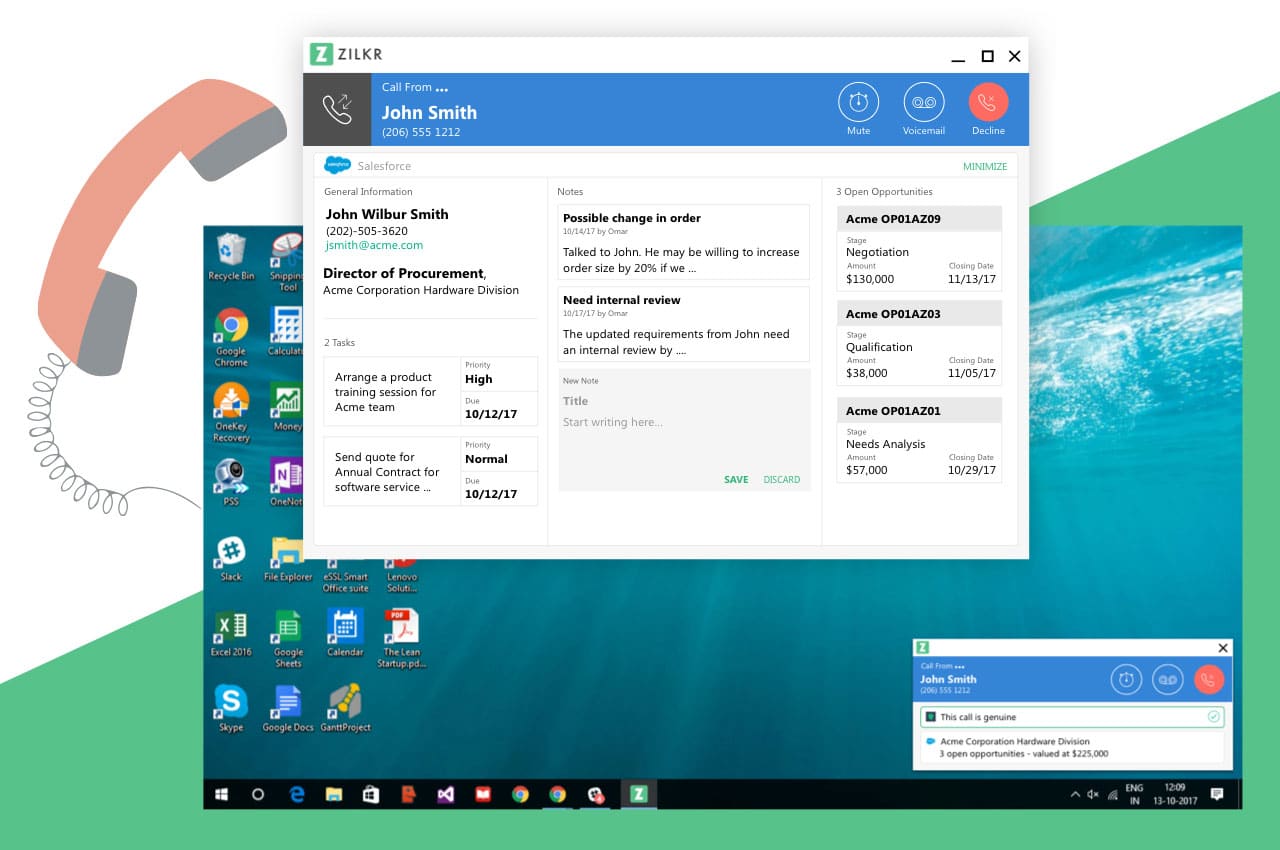 Our design for a next-generation integrated business phone service enabled our client to generate a lot of excitement at an industry trade show.
Our design for a next-generation integrated business phone service enabled our client to generate a lot of excitement at an industry trade show.
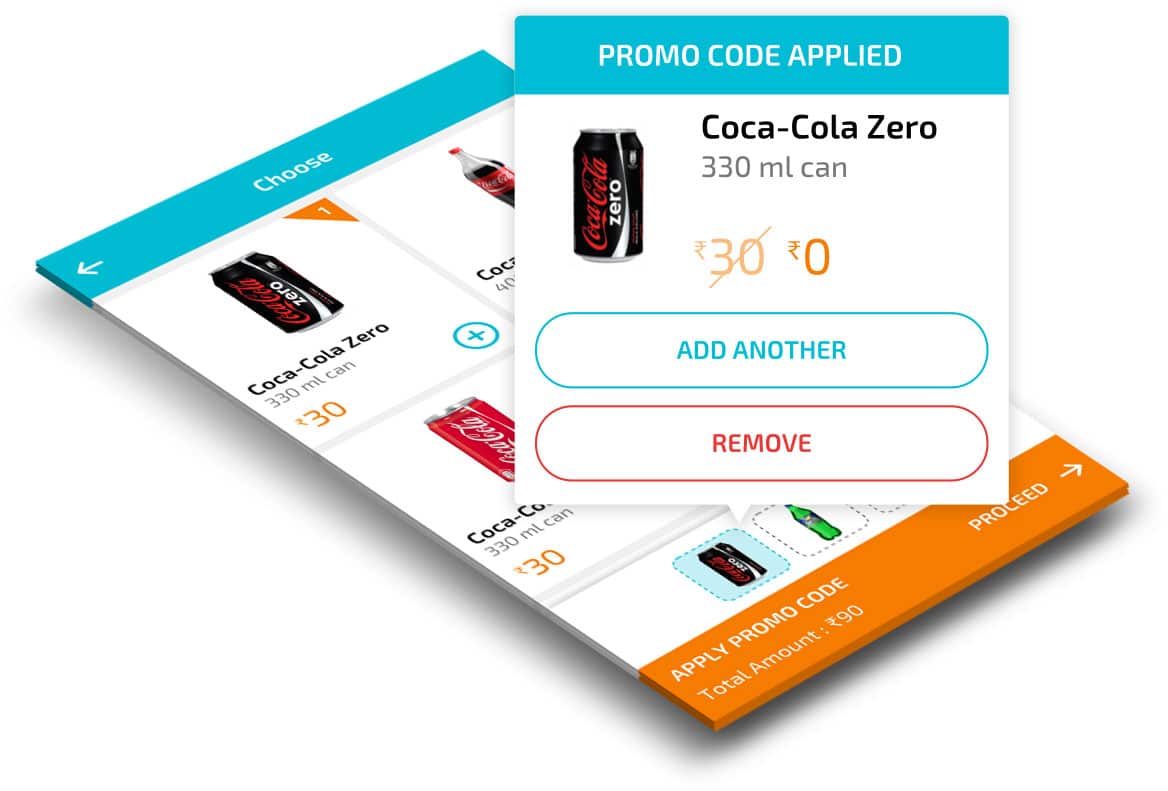 Innovation for a new kind of cart and shopping experience for a vending machine automation product.
Innovation for a new kind of cart and shopping experience for a vending machine automation product.

 A complex security algorithm was designed with a user-centric approach and prototyped to obtain validation.
A complex security algorithm was designed with a user-centric approach and prototyped to obtain validation.
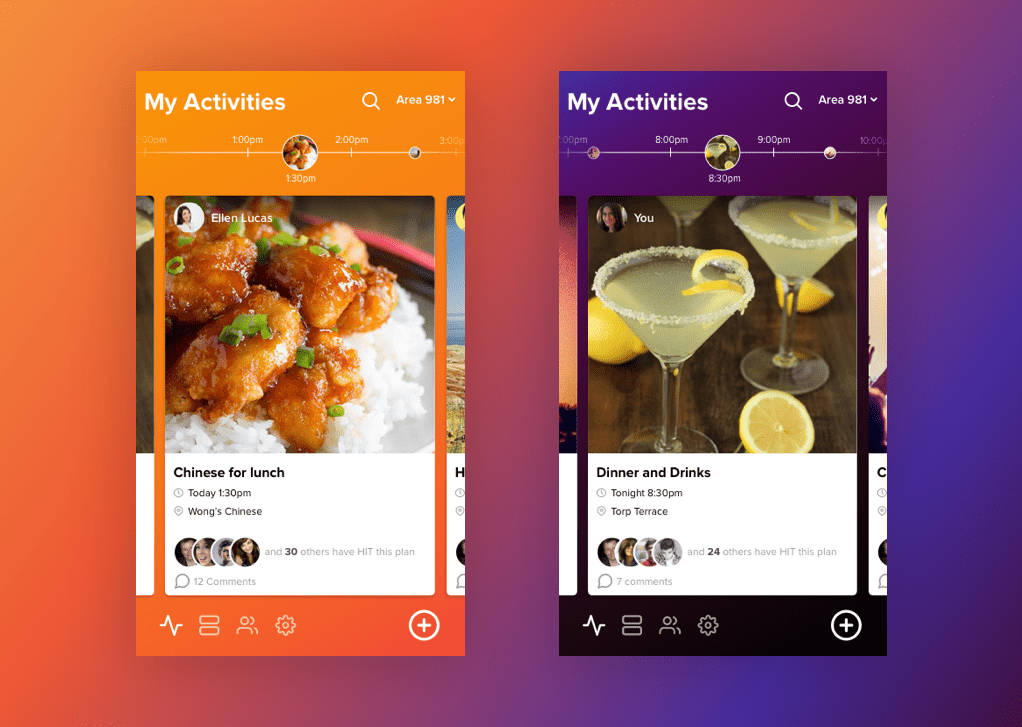 Detailed designs help the development process.
Detailed designs help the development process.
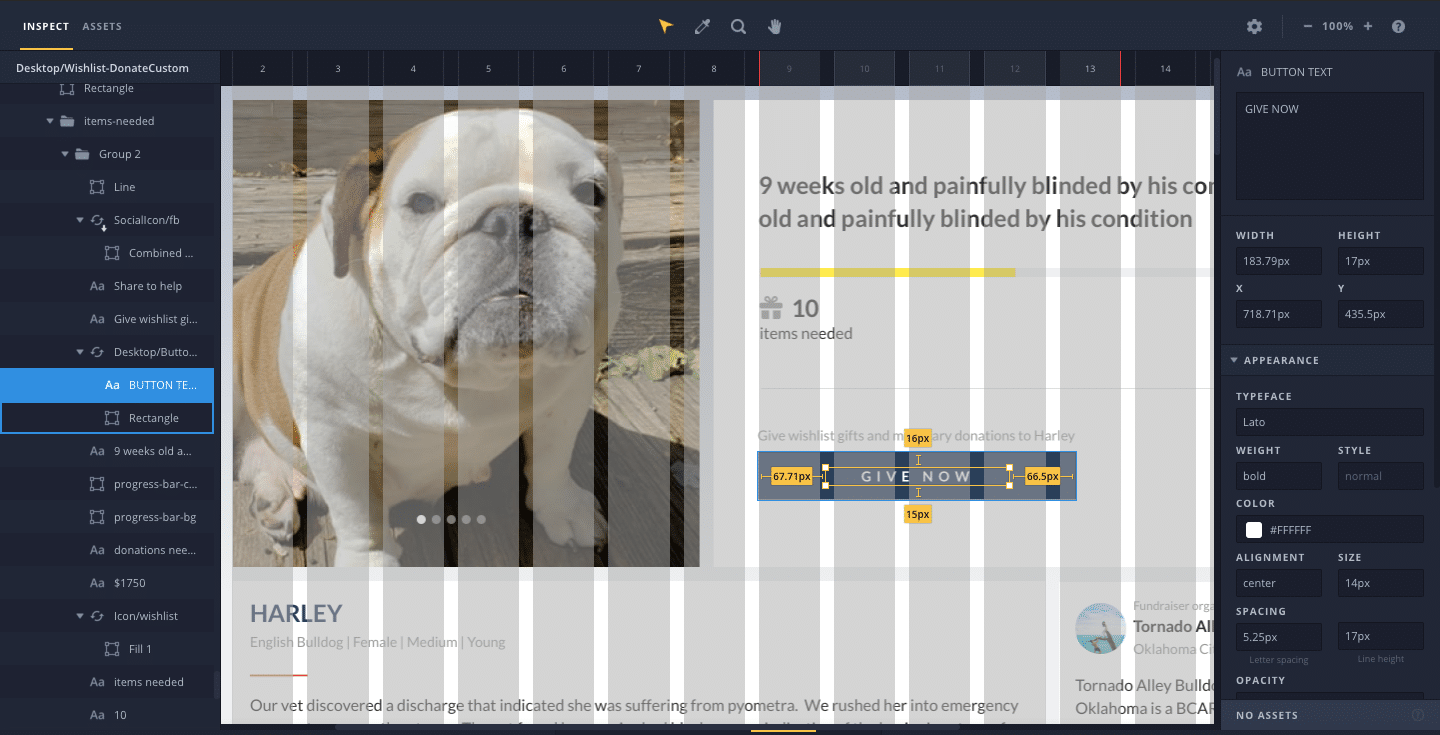 Every pixel matters. What gets developed is checked with what was designed to ensure absolute correctness.
Every pixel matters. What gets developed is checked with what was designed to ensure absolute correctness.
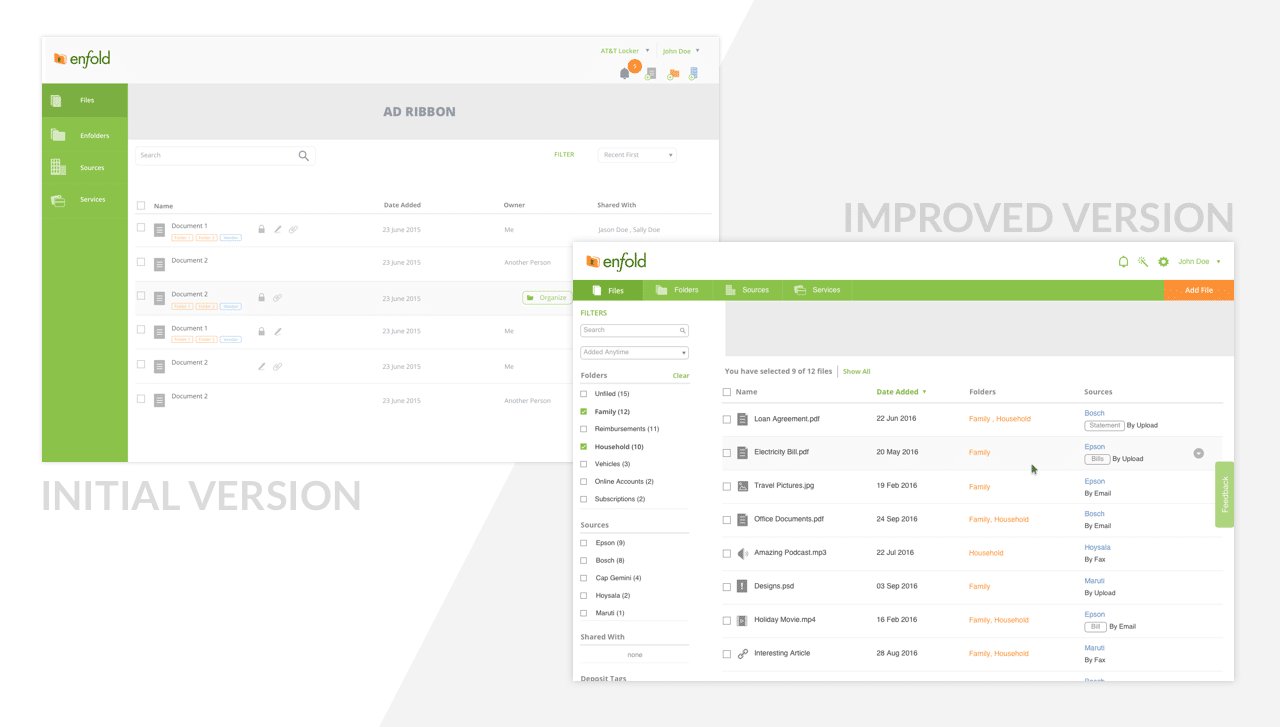 Succeeding iterations improved the product tremendously.
Succeeding iterations improved the product tremendously.
Build a clickable test prototype in 2+ weeks. Demonstrate core features and design to attract investors.

Validate your idea with a tailored MVP in 2.5+ months. We develop your tech strategy, research your business model and refine your solution based on early user feedback.
Scale your solutions with our iterative development. Deliver new features and improvements consistently with product releases planned every 2 weeks.
Not sure yet? Let us explain it to you better over a quick call Contact Us

© 2025 – Ignite Solutions India Private Limited
T&C | Privacy Policy